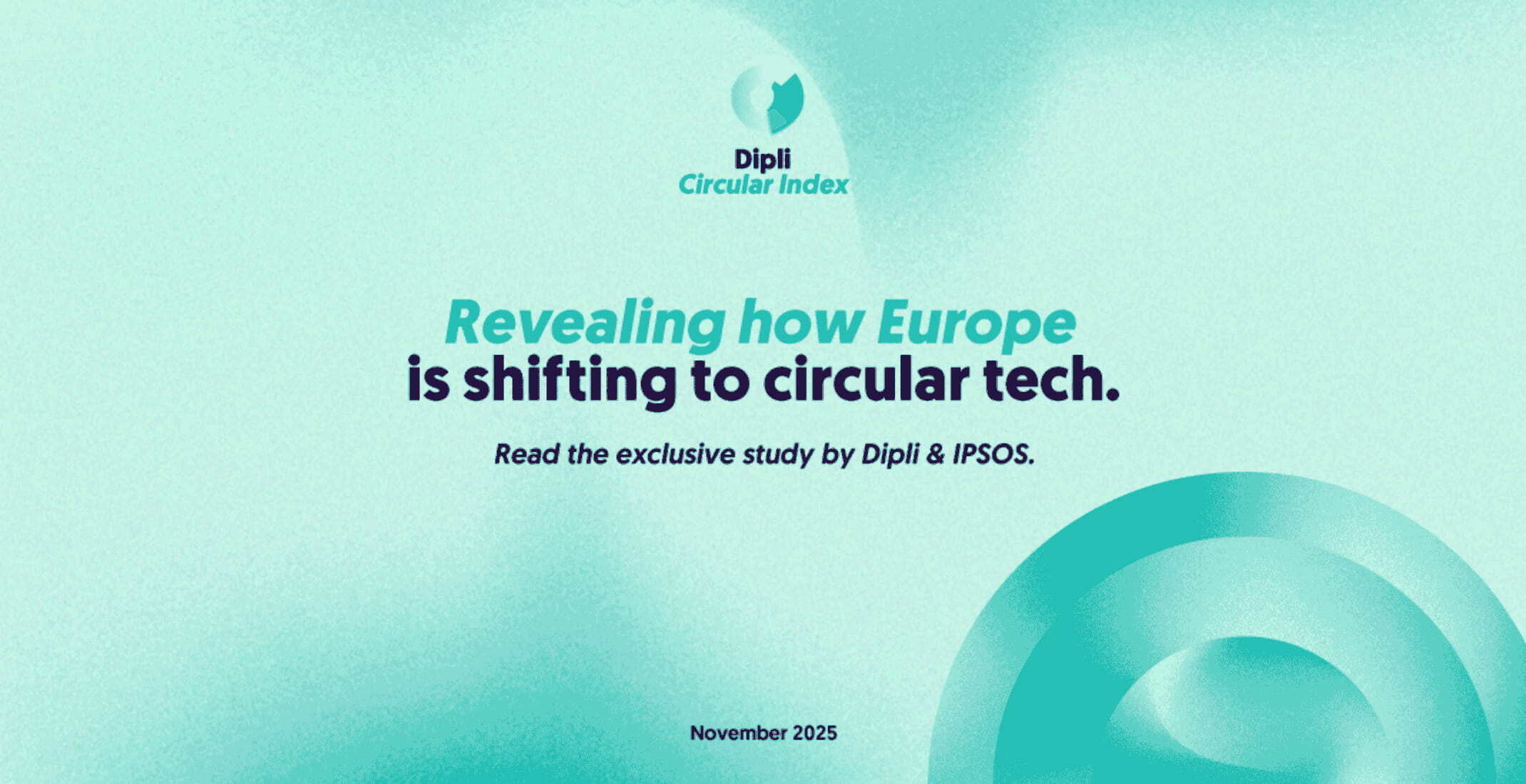Do reconditioned mobile phones emit more waves?
24/11/2022
0 comments

In 2021, almost one in five mobiles sold was a reconditioned model. That's 17% of total sales. This is despite the fact that buying second-hand products offers a genuine financial advantage for consumers. Consuming on the second-hand market is no less a militant act in favour of the circular economy however.
But do reconditioned phones emit more waves than new products?
What are these waves exactly?
The waves emitted by phones are electromagnetic radiation: a combination of an electrical field and a magnetic field that propagates through the environment. They are ultimately destined to reach radio receivers, mobile telephone reception antennas, television receivers, etc.
Why do some devices emit more waves than others?
It's possible for certain smartphones to emit more waves than others. The reason for this is how the terminal is made up. The antennas, the transceivers and the modem all have an impact on the waves emitted by different models. According to a French media report, a study carried out in 2021 showed that the level of waves emitted by a Samsung Galaxy Note 8 was 0.173 W/kg, whereas the level emitted by the Samsung Galaxy S20+ 5G was 1.57 W/kg.
A used smartphone does not emit more waves
A study of 12 reconditioned smartphones from different dealers was carried out in France. Two models were chosen: iPhone 11s and Galaxy S9s. The phones were sent to a lab to measure their specific absorption rates (SAR) for the head and limbs. The SAR value represents the portion of the energy transported by the electromagnetic waves that gets absorbed by the human body. The aim of the exercise was to find out whether the devices' former lives, and therefore the replacement of certain parts and components, could have an impact on emission levels. You might be wondering whether such modifications to a device will force it to emit more waves so that it can connect to the network.
Result: the reconditioned mobiles tested did not emit more waves than new products do. Furthermore, all the devices were found to have SAR levels within the legal limit.
Do the waves pose a danger to health?
A survey of almost 10,000 people carried out in 2019 highlighted an increased risk of brain cancer the more a mobile phone is used.
The survey did not take into account how the devices were used however. Nevertheless, there are simple measures we can adopt to reduce the amount of contact with the waves from our phones. You can do this, for example, by using a headset, headphones or earphones when talking on the phone. By reducing excessively close contact with your device by keeping it at least 10 cm away from you. By keeping calls short when you are on the move on a train or in a car. The same applies to calls made from a location with a weak signal, such as in a house with thick walls or in a basement. It's at these moments that mobile phones, whether new or reconditioned, heat up more and make greater demands on the battery, thus emitting more waves in order to function properly.
New studies aimed at evaluating the effects of waves over the long term are currently underway. These are being conducted throughout the lifetimes of populations in order to see whether there genuinely is a link between the waves and brain cancers.
Tests and checks on reconditioned mobile phones
Before being reconditioned, a mobile phone will have had a previous life. Prior to going on the reconditioned market, a smartphone has to undergo a whole battery of tests so that any necessary repairs can be carried out. The purpose of this is to make it as close as possible to a new product. No less than 30 checks are required for the device to be certified as suitable to be placed on sale again.
Phones are also graded according to precise, realistic criteria designed to quickly give an idea of the device's cosmetic condition.Grades are not in any way a rating of the technical or operational aspects of the equipment. In order to provide consistent quality and verified traceability, regardless of where the stock has come from, we have developed our own grading system based on our own specifications at Dipli.
Finally, and in order to ensure everyone's security, we completely erase the data present on the phones.This is an essential step carried our by our partners and managed using software compliant with the European legislation governing data protection and privacy (GDPR), namely, Blancco, NSYS Group, Piceasoft, etc.
Reconditioning: an economic and ecological impact
The European used smartphone market is worth more than five billion euros. The sector is booming, and that's good news. Sales of reconditioned smartphones are through the roof. They account for almost 60% of the entire demand for used products.
To buy a reconditioned mobile phone is to choose an economical option. The average price of a second-hand smartphone is €240, with savings ranging from 20% to 50% compared to the price of a new product.
Beyond just the financial aspect, evidence indicates that buying second hand reduces the annual environmental impact of using a phone by between 55% and 91% compared to using a new smartphone. This results in 82 kg of raw materials and 25 kg of greenhouse gases saved per each year of use. In 2020, with sales estimated at 2.8 million units, this would have approximately equated to 229,000 tonnes of raw materials and the equivalent of 70,000 tonnes of CO2 saved.
Given that the average lifetime of a smartphone is between two and three years, yet producing it requires 50 different materials and the extraction of more than 20 kg of materials, turning to second-hand equipment sends a strong message in terms of extending the lifetime of phones and reducing the environmental cost of their production. Finally, it turns out that reconditioned mobiles do not emit more waves. The waves that are emitted are within the permitted legal limits. This is yet another reason to view buying second hand as a worthwhile option when purchasing your next phone.
As we saw earlier however, and given the health risks the waves can pose, it's worth a reminder that in order to minimise contact with the waves, it's a good idea to adopt a considered approach to how you use your smartphone.
Dipli simplifies the second life of electronic products.
An all-in-one tool for distributors, leasing companies, telecom operators and companies to manage the entire value chain in one place.
The platform connects the electronics industry to secondary markets; simply and securely. Trade-in and return management, refurbishment, omni-channel purchasing and distribution: Dipli covers and simplifies all stages of the circular economy.




Comments (0)